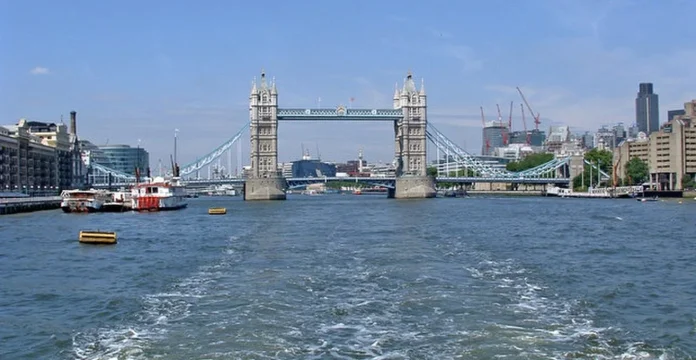Over the last two centuries, hundreds of human remains have been received from the bottom of the Thames River in England. A recent study, published on January 28 in Antiquity , showed that most of them belong to the bronze and iron ages, but the main question remains open - why are these bodies in the water?
Scientists analyzed 30 skeletons found in the river using the method of radiocarbon dating. The results showed that the remains belong to the period from 4000 BC. By 1800 AD. However, the most finds are bronze (2300–800 BC) and the Iron Age (800 BC - 43 BC).
"Most people, including residents of London, were shocked when they found out that hundreds of human remains were found in Thames," said the leading author of the study Nicholas Arthur, a curator of the Museum of Natural History in London. She stressed that human bones in the reservoirs of Northwestern Europe are quite often, but the mass accumulation of such findings in Thame is a unique phenomenon.
The study of the remains from Thames began in the XIX century. Initially, it was suggested that it could be victims of battles between the Celts and the Romans. At the end of the twentieth century, another version appeared - erosion could cause burials into the water. Another possible explanation is that the bodies have fallen into the river as a result of drowning.
At present, scientists are inclined to believe that the mass accumulation of human residues in Thames may be associated with ritual burials or sacrifices. Further studies are needed to confirm this theory that may be able to reveal the secret of ancient burials in the river waters.


